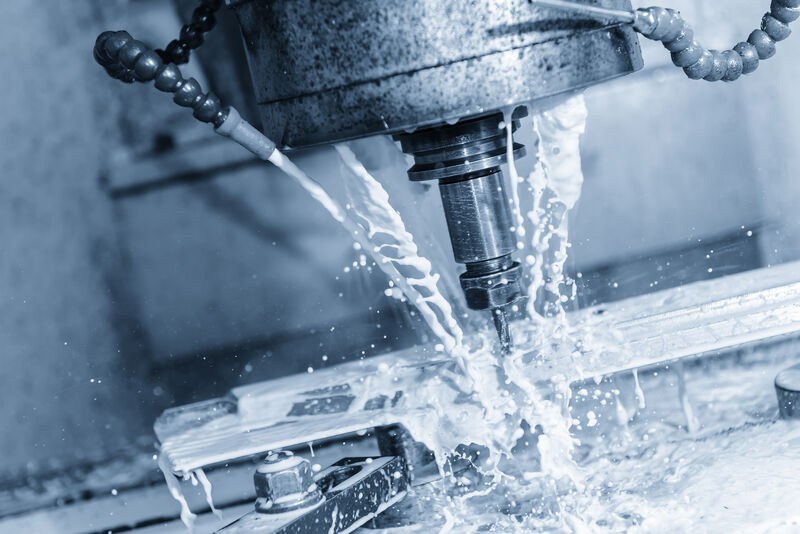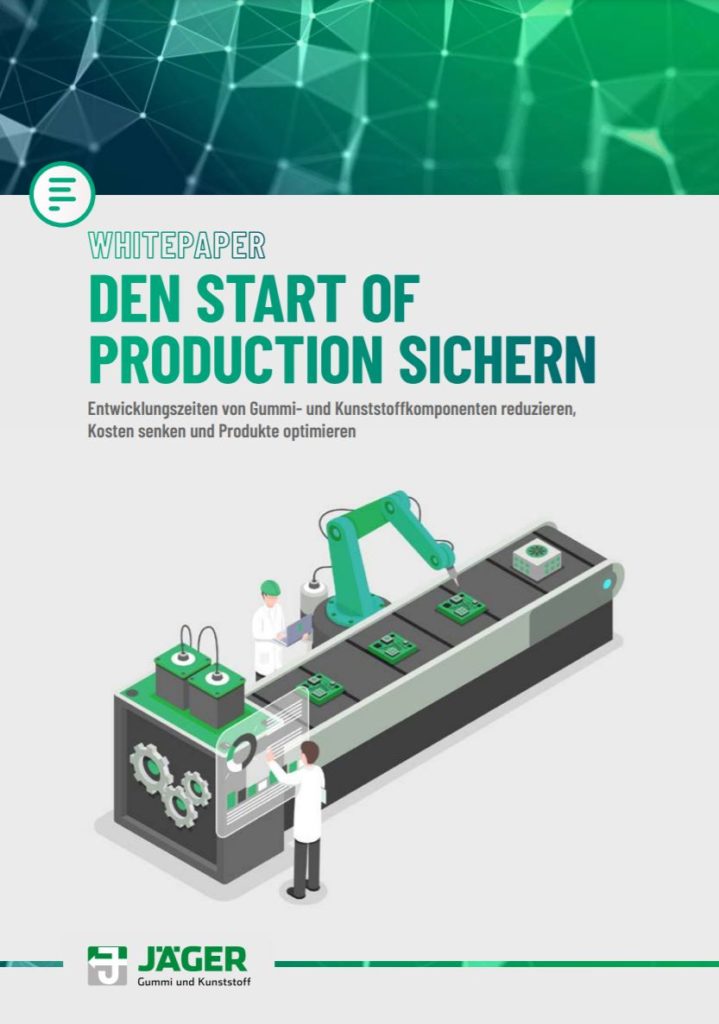
JÄGER Business Blog


WHITEPAPER
Find out which factors influence your SOP!
Every supplier incurs a certain amount of support effort, even if the company does not currently use their services. Purchasing must ensure that all suppliers in its network are capable of delivering and can continue to provide the required quality. To do this, it must request certifications, notify business partners of legal and procedural changes, and update master data in the database. In the foreseeable future, it will also be necessary to ensure, as part of the Supply Chain Act (LKG), that all suppliers comply with the ethical and ecological requirements formulated in the LKG. These tasks place a great burden on purchasing, especially in small organizations, particularly if they maintain an extensive supplier network.

The consequence of a consolidated supplier network is that the customer can no longer choose the supplier with the best conditions for each order or switch to alternative suppliers in the event of delivery problems. On the one hand, this has financial consequences, because the customer has less leeway in price negotiations. On the other hand, however, supply security can also be impaired, as the customer becomes dependent on a few suppliers. This disadvantage can be partially offset by long-term framework agreements. However, a certain residual risk remains.
At present, the topic of supplier consolidation is rather less relevant for most production companies, as they have difficulty obtaining materials at all. However, this state of affairs will not last. Sooner or later, the global availability of raw materials will level out again.

Whitepaper: Secure the Start of Production
Learn which factors influence your SOP!
Share this post!
Jäger Gummi und Kunststoff GmbH
Lohweg 1
30559 Hannover
Tel. +49 511 – 53580
Fax +49 511 – 553394
info@jaeger-gk.de
Management:
Dipl.-Ing Sebastian Jäger
Julius Jäger, M.Sc.
Hanover Register Court HRB 59798
DE 813 314 161

Petra Dirlenbach